EMEI Podcast
The EMEI Review is a monthly podcast reviewing recent peer-reviewed studies, political developments and information on treatment of toxicant-related health conditions. The podcast is created and produced by Dr. Lyn Patrick and Dr. Anne Marie Fine. The podcast is archived and all subscriptions have access to that treasure trove of information beginning in November 2020. IF you have already registered for the Clinical Training in Environmental Medicine course you’ll get a year’s subscription to the EMEI Review for free, follow the instructions in your Welcome Module for the Clinical Training in Environmental Medicine course.
Here is look behind the curtain of the EMEI Review so far:

August 2025
Parkinson’s Disease Part 2
The leading environmental toxicants linked to Parkinson’s disease include pesticides—particularly paraquat—industrial solvents such as trichloroethylene, and more recently, air pollution has emerged as a significant concern. In this podcast, we explore the scientific literature on the chemical contributors to this largely ‘man-made’ disease.

July 2025
Parkinson’s Disease Part 1
In this podcast we interview Carey Gillam, an investigative journalist and author of the Monsanto Papers, for her take on the herbicide paraquat, one of the top contributors to Parkinson’s Disease. Carey recently wrote an award-winning series on The Paraquat Papers describing how the corporation that makes it covered up the risks of this notorious weedkiller, banned in 70 countries but still in use in the United States, for decades.
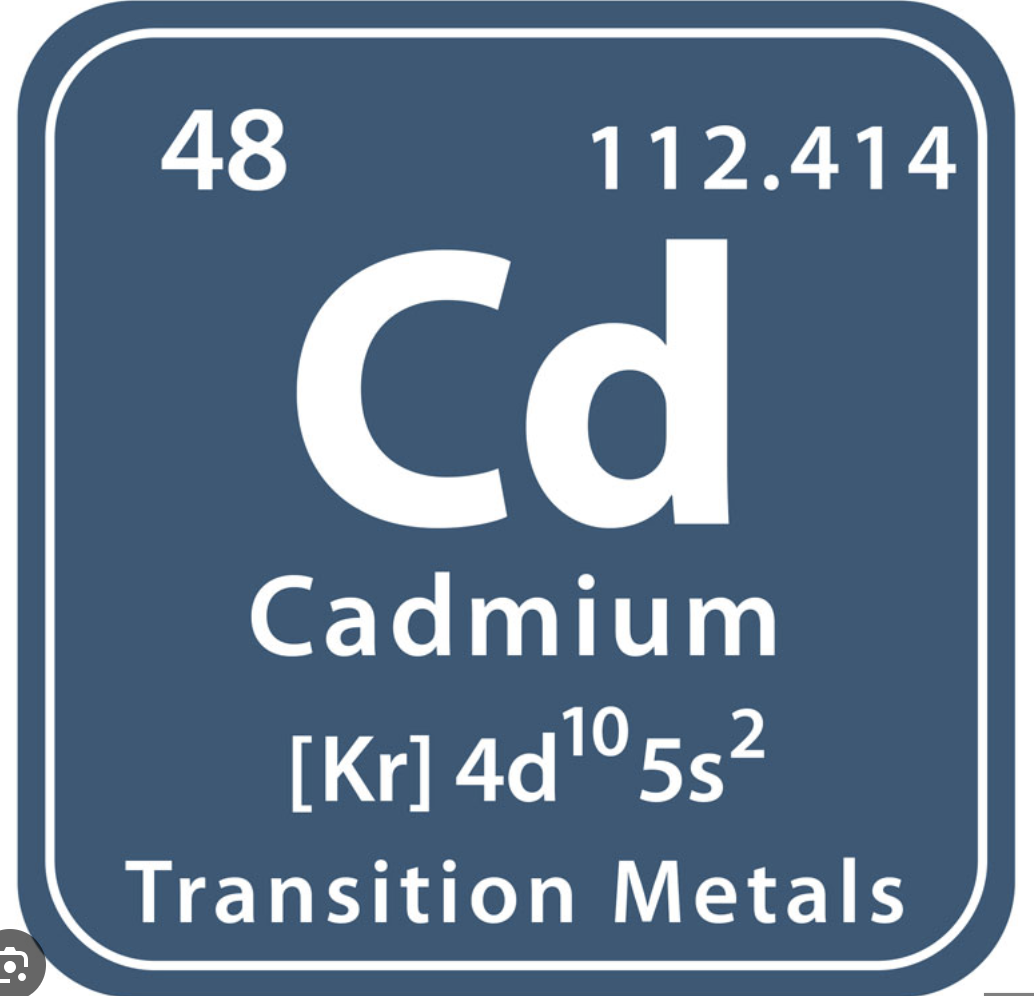
June 2025
Cadmium Toxicity Pt 2
This month we continue our exploration of the toxic metal cadmium- it’s role in multiple health problems from osteoporosis to dementia, kidney damage, vascular damage and fatty liver disease. We’ll discover what levels of blood and urine cadmium are actually a risk for specific problems (spoiler alert-they are not necessarily what your lab uses for reference ranges) and we’ll talk about published research on treatment of cadmium toxicity.

May 2025
Cadmium Toxicity Pt 1
This month we review the toxic metal cadmium.
Sources of cadmium include tobacco smoke, air pollution, conventional fertilizers (grains, bean, vegetables, fruit), sewage sludge, shellfish. Cadmium accumulates in the kidneys, and affects multiple organ systems including the brain. The FDA’s toxicological reference value indicates that over 12 million children and 22% of adults exceed safe cadmium intake. Urine and blood cadmium levels are crucial for assessing exposure and risk, particularly in those with chronic kidney disease.

April 2025
This month we update you on the ever evolving microplastics story. Some highlights are from a new study that reveals that just living in a coastal community which has high levels of microplastics in the ocean, versus a coastal area which does not, significantly increases the prevalence for a variety of disabilities. Additionally, the research exploring the connection between microplastics and cancer is in full swing. Find out more!

March 2025
Toxicants and Chronic Kidney Disease
Significant levels of phthalates are found in commonly available essential oils. We list the best and the worst found in a recent analysis by mamavation’s lab.
The theme for this podcast is Chronic Kidney Disease (CKD). Found in 30% of the over-65 population and a whopping 14% of the general population, CKD is correlated with exposure to: PFAS, metals (cadmium, lead, mercury, arsenic), pesticides, mycotoxins, and a pollutant that’s been in the headlines a lot lately: plastics. It turns out that the plastics BPA and phthalate levels can predict increased risk for chronic kidney disease and the risk for diabetics is serious: those with high serum levels can have a 700% increased risk for developing CKD. In March’s podcast we’ll talk about specific lab levels and potential solutions.
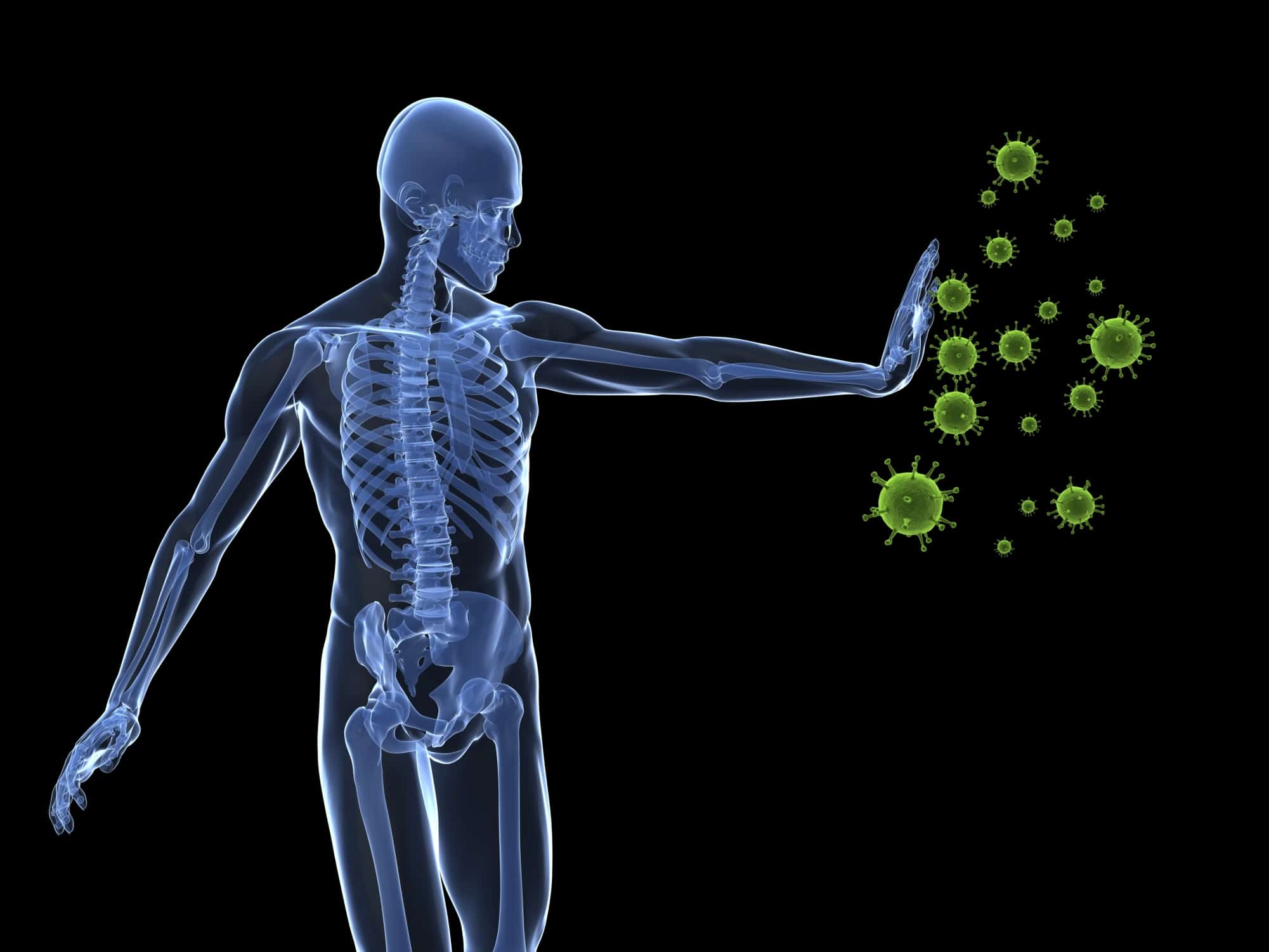
February 2025
In this podcast we cover some common but underappreciated sources of everyday toxicants that are affecting our immune systems.
We cover dioxins, which are products of industrial and waste incineration sites as well as being emitted in the recent LA Fires and East Palestine. PFAS is class of “Forever Chemicals” that have immunotoxic effects. Pesticides and benzene round out the discussion.

January 2025
This month’s podcast leaves us with as many questions as answers: how much zinc is necessary to upregulate metallothionein levels? Do ALL detectable levels of inorganic mercury in the blood reflect food contamination and correlate with elevated fasting glucose levels? Are all fish with high selenium levels protected from mercury toxicity and are we the same if we eat those fish? We touch on some of these topics in our interview with FDA scientist and whistleblower Dr. Renee Dufault who published the viral paper on mercury contamination in high fructose corn syrup. More will be revealed when we do a deep dive into the subject of metallothonein in an upcoming podcast.
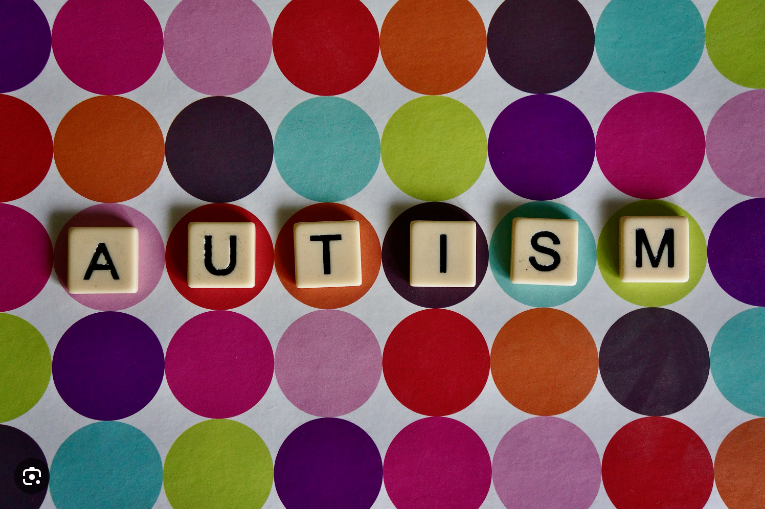
December 2024
This episode challenges the notion that evolving diagnostic criteria alone can explain the skyrocketing rates of autism spectrum disorder (ASD), instead exploring the role of toxicants such as heavy metals, pesticides, air pollutants, endocrine disruptors, and industrial chemicals in altering gene expression through epigenetic mechanisms. These toxicants can modify gene regulation, potentially leading to developmental and neurological disruptions associated with ASD. One striking example is BPA, which has been found to hypermethylate the CYP19A1 gene promoter region responsible for aromatase production. Research shows that boys with lower aromatase activity in the highest quartile of BPA exposure, compared to the lowest, are 3.5 times more likely to exhibit autism symptoms at age 2 and have six times the odds of a confirmed ASD diagnosis by age 9.
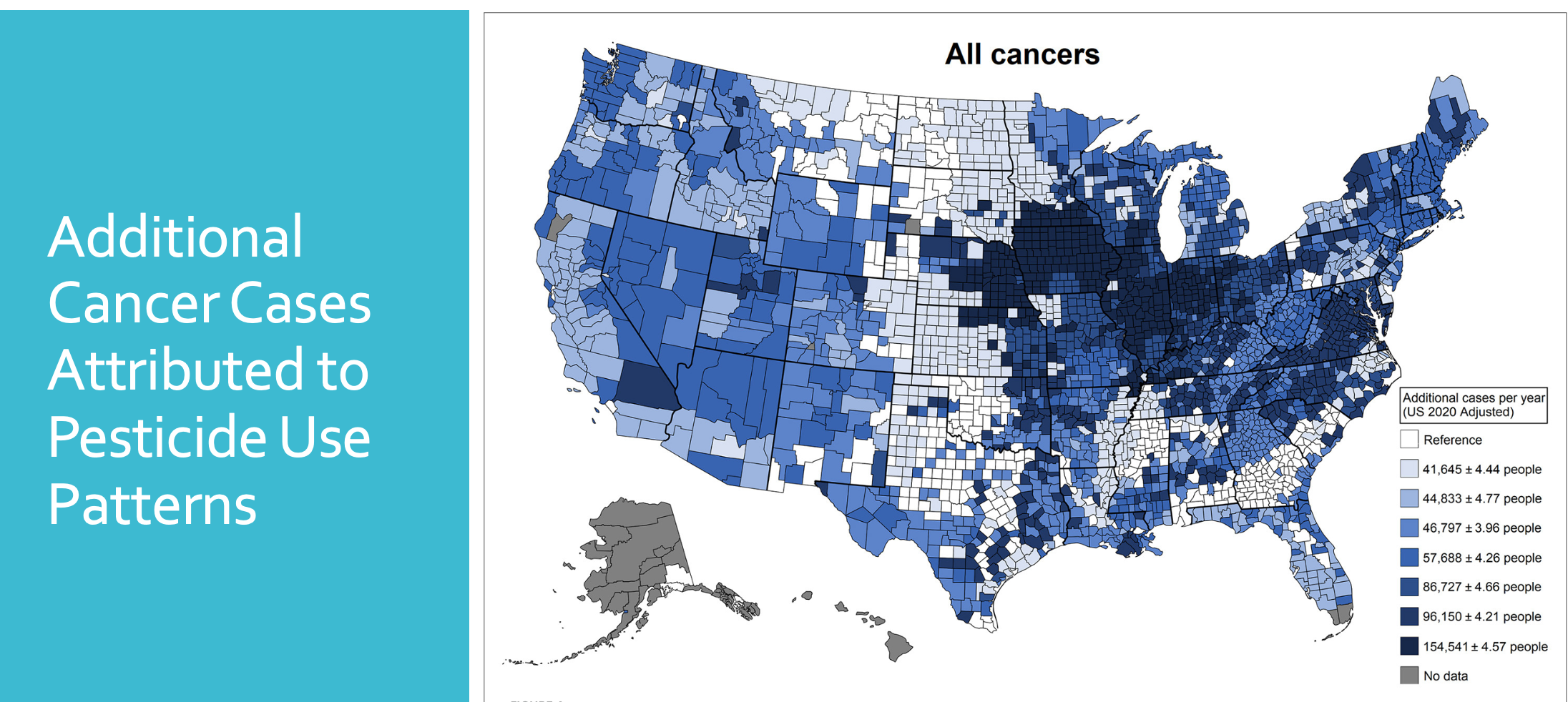
November 2024
The November EMEI review highlights a 2022 study on living filtration membranes made from kombucha SCOBYs, which outperformed commercial polymer membranes in water filtration by 19-40%. Another significant study has linked pesticide exposure to increased cancer risk, suggesting parallels with smoking-induced cancers. Specific pesticides like atrazine, dicamba, and glyphosate were identified as high-risk factors for specific cancers including colon cancer.
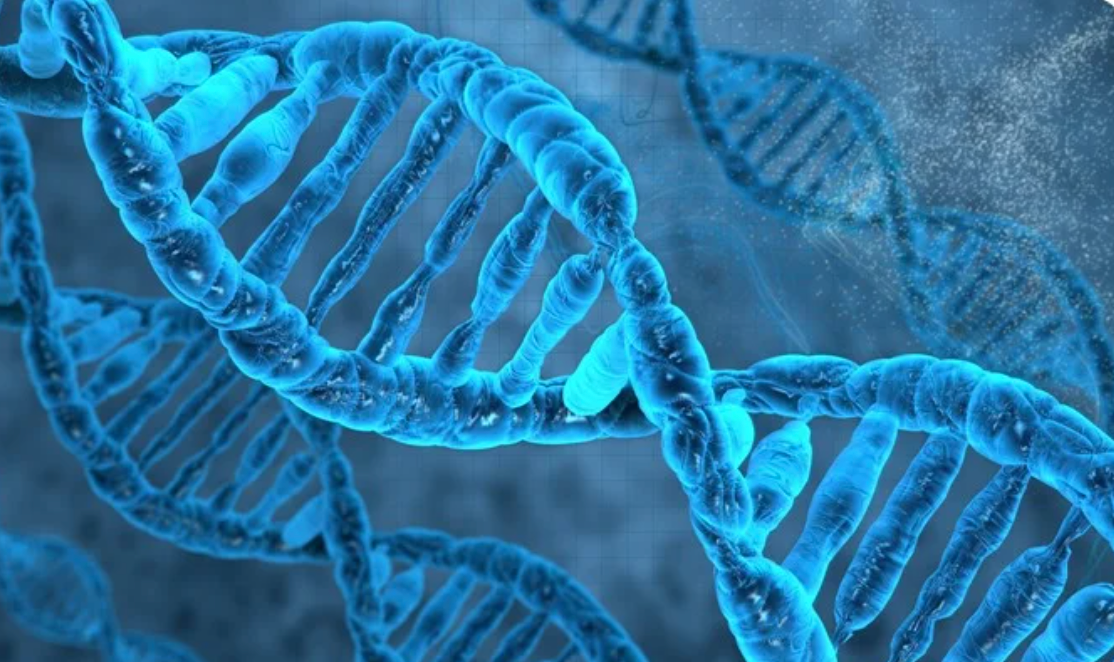
October 2024
This month, we’re going to explore the anti aging benefits of environmental medicine. As you know, Botox, fillers, plastic surgeons, stem cells, peptides and let’s not forget the GLP-1 agonists, are currently all the rage for promoting anti-aging, but how do environmental chemicals age us? You might be surprised to learn how exposure to everyday toxicants are aging us from the inside out.
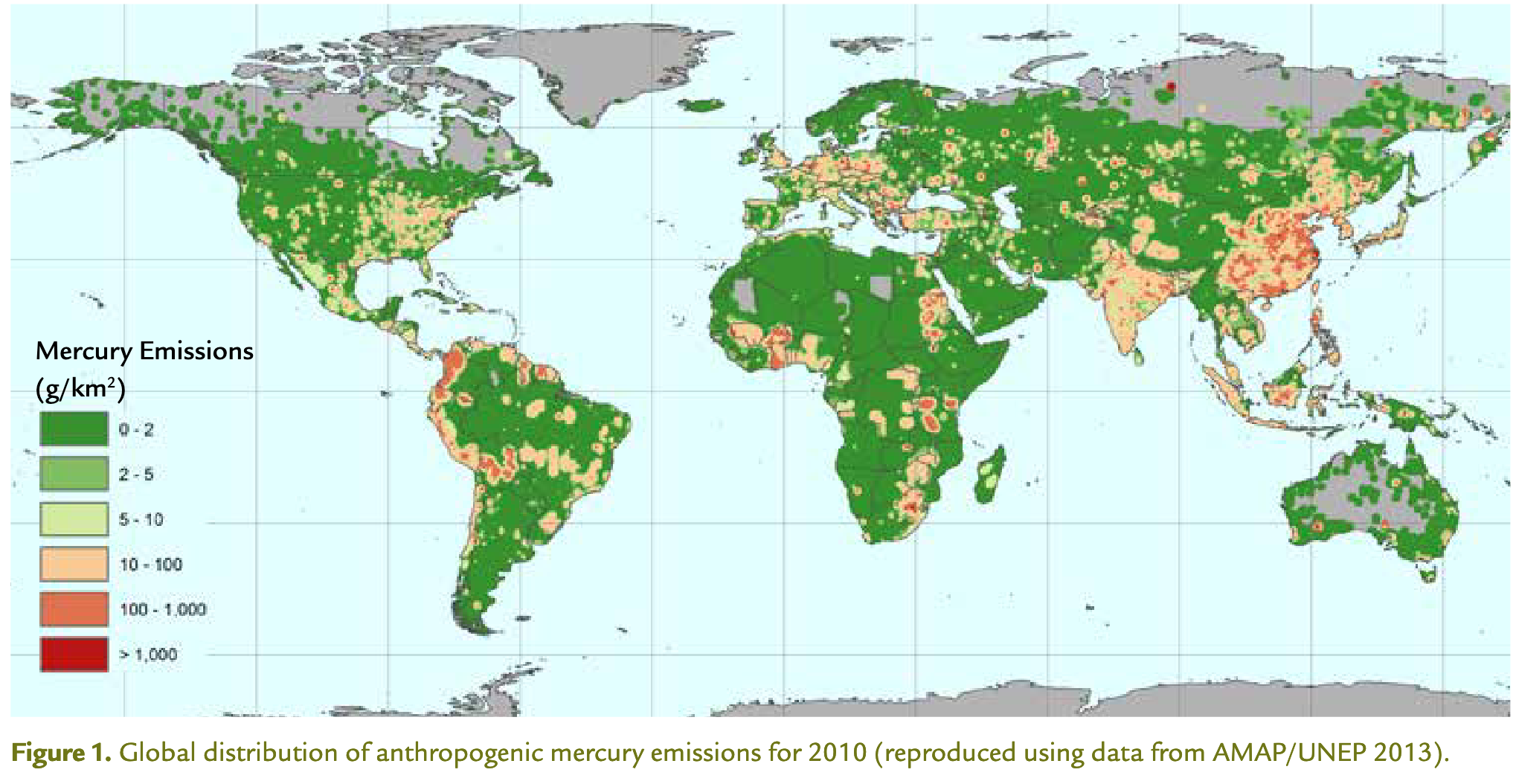
September 2024
We all know that swordfish and shark are off the menu for children and pregnant women, and everybody else for that matter-due to their high mercury content. But what about the fish defined as “good choices” by the EPA/FDA: halibut, white/albacore or yellowfin tuna? And what about the sacred “Wild Alaskan Salmon”? Well we’re back from 3 weeks in Southeast Alaska and have a lot to uncover about global fish and mercury. We also review a real life patient case of tin exposure and ALS (Lou Gehrig’s disease). Dive deep with us to get the entire story in this podcast: “Something Fishy”.
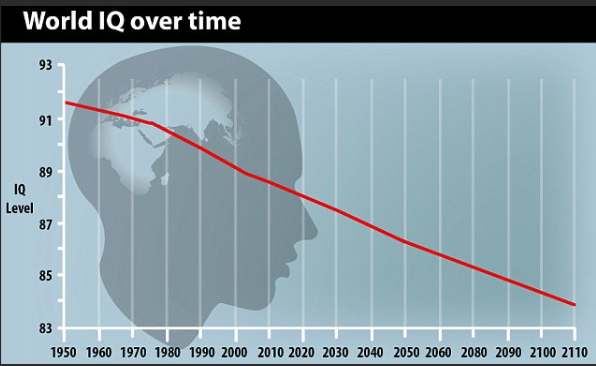
August 2024
This episode explores the decline in IQ scores that began in 1975 after a steady increase throughout most of the 20th century, driven by improved nutrition, education, and reduced pathogen load. The decline has been linked to prenatal exposures to various chemicals and their mixtures, which have been shown to result in a loss of IQ points. While lead was the primary culprit for much of the IQ decline for several decades, the ban on lead in gasoline and paint significantly reduced its impact, and now other toxicants have taken its place. Tune in to discover which chemicals are currently contributing to the decline in IQ.
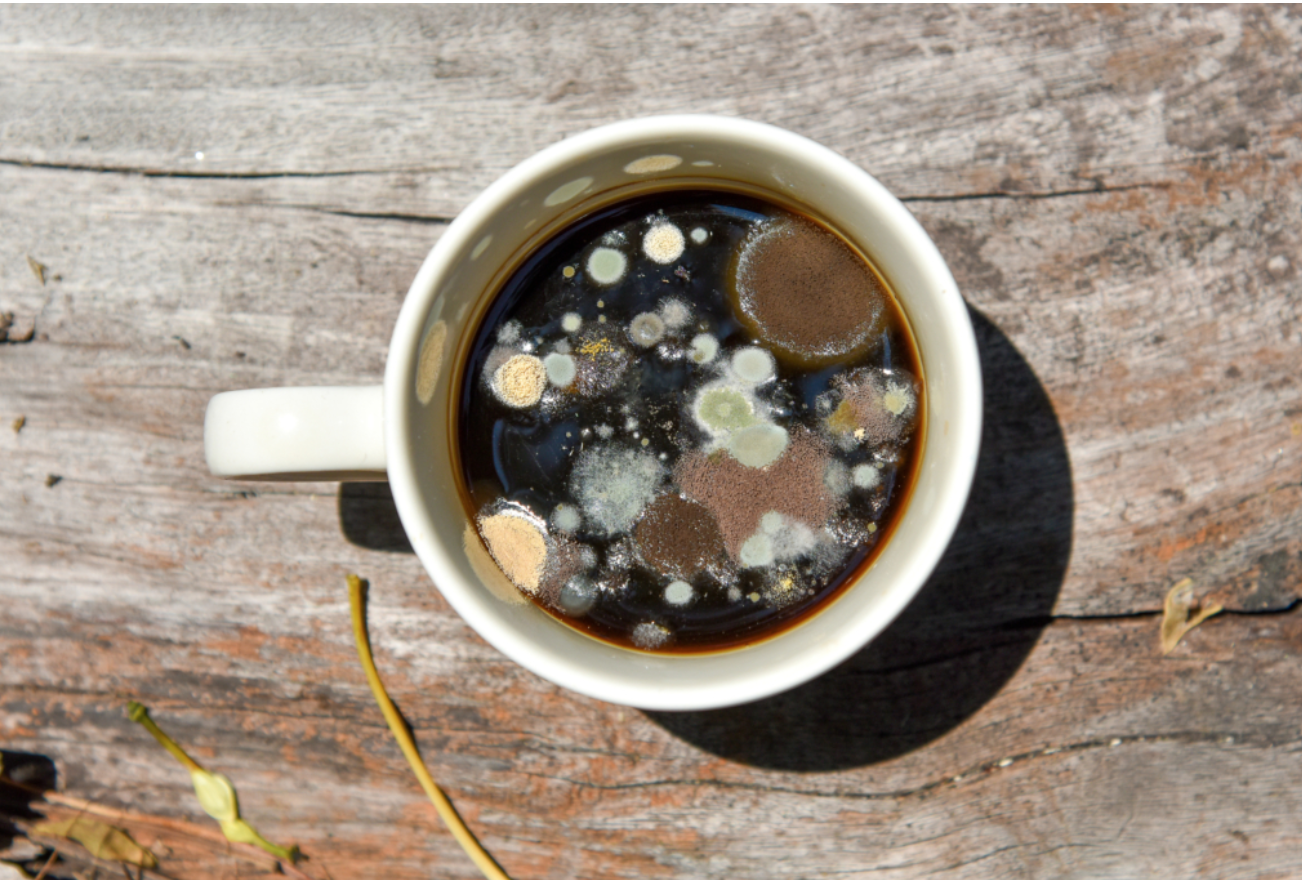
July 2024
This episode dives into coffee—the good, the bad, and the moldy—exploring concerns about pesticides, fungicides, and perfluorinates in popular blends, with surprising findings from recent independent testing. We also examine the ingredients, lack of regulation, and potential health risks of tattoo ink for those considering their next tattoo. Additionally, we discuss possible interventions to reduce microplastics, nanoplastics, and perfluorinates in the body. Finally, we unpack new research from the National Atmospheric Deposition Program, which reveals that the toxic plume from the East Palestine Disaster spread across 16 states and Canada, highlighting major implications and inspiring our new course, How to Thrive in a Toxic World and Prevent Disease, developed after delivering a White Paper on Vinyl Chloride at the Integrative Health Symposium in February 2023.

June 2024
Alzheimer’s disease is no longer inevitable. Environmental toxicants have been shown to strongly contribute to Alzheimer’s disease: lead, aluminum, bisphenol A, solvents, etc. These have been termed Alzheimerogens- defined as any environmental substance suspected to induce Alzheimer’s or other dementias.

May 2024
This month we’ll open the Pandora’s Box of MCAS (Mast Cell Activation Syndrome) and EMF/EMR exposure with some background research and a fascinating patient case. We also review a new report from the scientists at Consumer Reports that identifies pesticide exposure in some organic foods and the most toxic pesticide residue and where it lands on conventional food. And finally- new research on drinking water contamination and hexavalent chromium in 94% of the population!
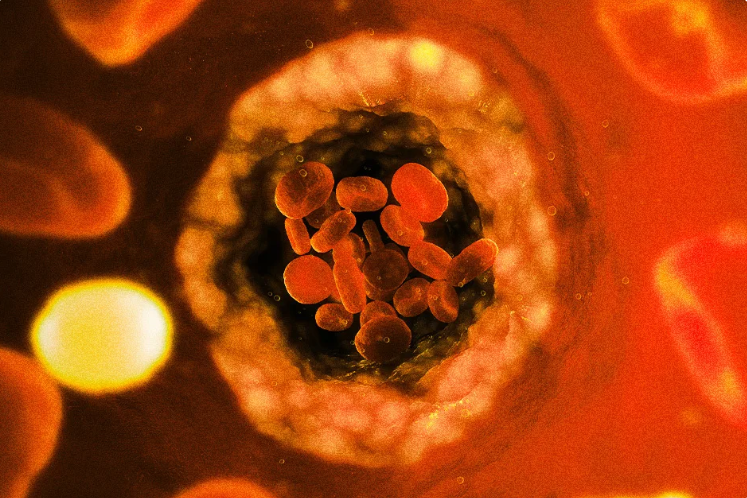
April 2024
Are microplastics the smoking gun in cardiovascular disease? A recent study that discovered microplastics in plaque certainly suggests so.
And did you know that the dust in your home is a window into your chemical exposures? Since we spend 90% of our time in our homes, this study breaks it all down.
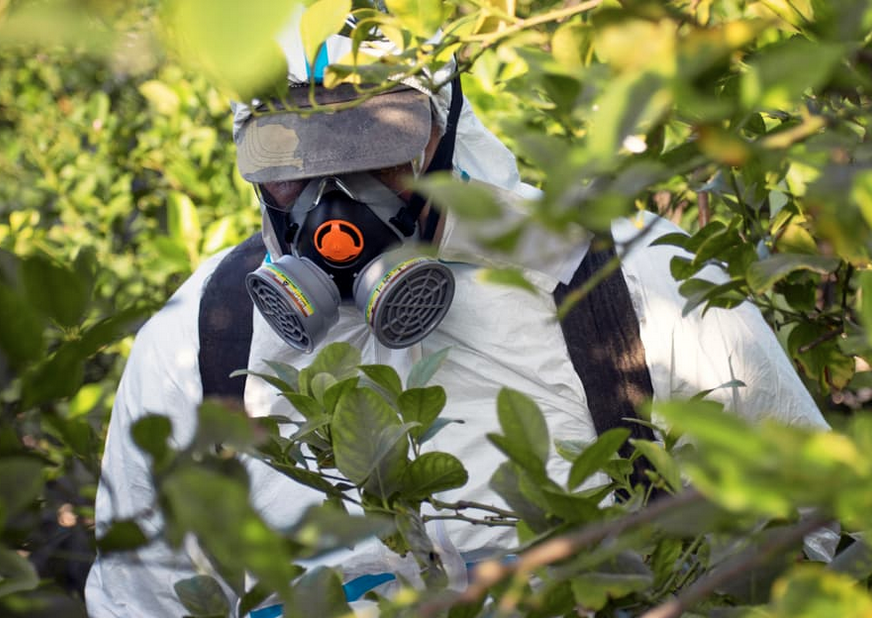
March 2024
This month we’ll review surprising news about a hidden pesticide imported from our neighbors to the north hiding in our oatmeal and other food made out of oats (cereal and oatmilk). We’ll also unveil news about PFAS plus where firesmoke hides in the home and where BPA, triclosan, and nonylphenols hide in the human body. We’ll also investigate where they hide in our consumer products (cutting boards, personal care products, shoes, tents, clothing, etc.) and the havoc they raise. Which is why the theme of this podcast could be titled: Humble Pie- scientific evidence that makes us think completely differently about where environmental toxicants can hide.

February 2024
This episode explores the staggering reality of microplastic and nanoplastic contamination, with recent headlines revealing that a one-liter plastic water bottle contains around 240,000 plastic particles. In the U.S., plastic exposure-related diseases are estimated to cost $249 billion annually, and microplastics have been detected in all 16 tested protein sources, including plant-based options. Even more concerning, microplastics have been found in every organ of the human body, including the brain, placenta, and blood. Tune in to learn more about the pervasive presence of plastics and their potential health impacts.

January 2024
This month we cover a patient case of pancytopenia in a 50 year old male that was NOT infectious or cancer but an environmental toxicant that is considered the highest risk carcinogenic air toxicant globally!
Can you guess what it is? Would you be surprised to know that it could be in your drinking water or personal care products? Read on for the surprising answer.

December 2023
This episode explores the return of chlorpyrifos, the neurotoxic organophosphate pesticide once banned by the EPA, and examines the political history of pesticide regulation in the U.S., drawing lessons from the DDT ban and Rachel Carson’s Silent Spring. We also highlight the overlooked toxic metals antimony and tin, using a patient case to reveal their hidden risks in plastic beverage bottles, from bottled water to V8 juice. Finally, we discuss PFAS contamination in fish and shellfish, offering guidance on the risks and how to help patients make informed choices about seafood consumption.
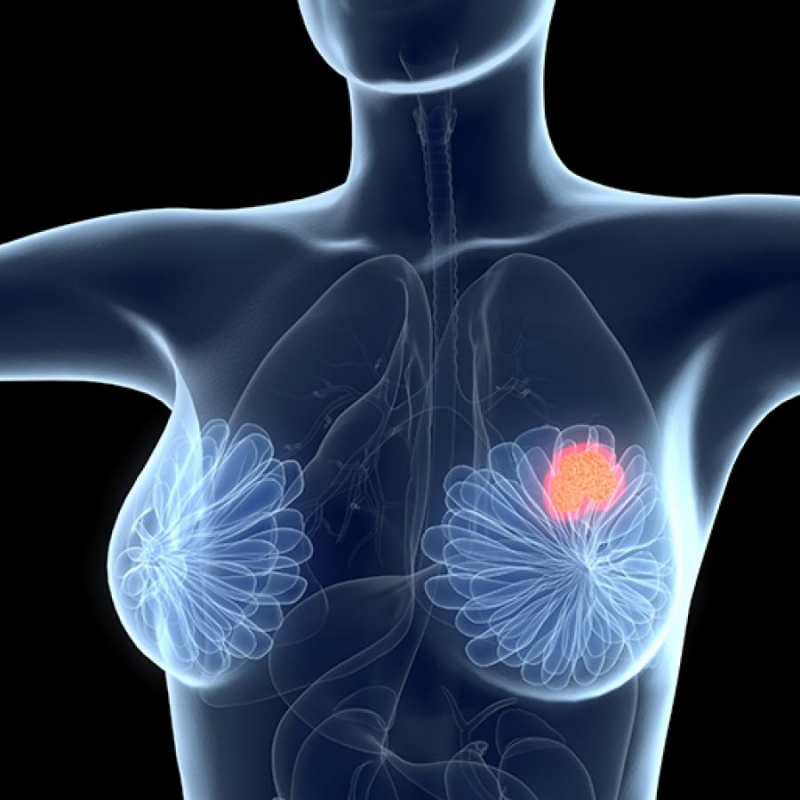
November 2023
This episode examines a JAMA article from August 2023, which revealed a 19.4% increase in breast cancer diagnoses among women aged 30–39 and a 5.3% increase in those aged 20–29 between 2010 and 2019, along with a significant rise in gastrointestinal cancers in people under 50, including appendix, pancreas, and bile duct cancers. While the authors cite factors like sleep deprivation and obesity, they also highlight “transient exposure to carcinogenic compounds.” This podcast delves into the often-overlooked environmental contributors to cancer, offering insights into potential strategies for preventing these early-onset cases.
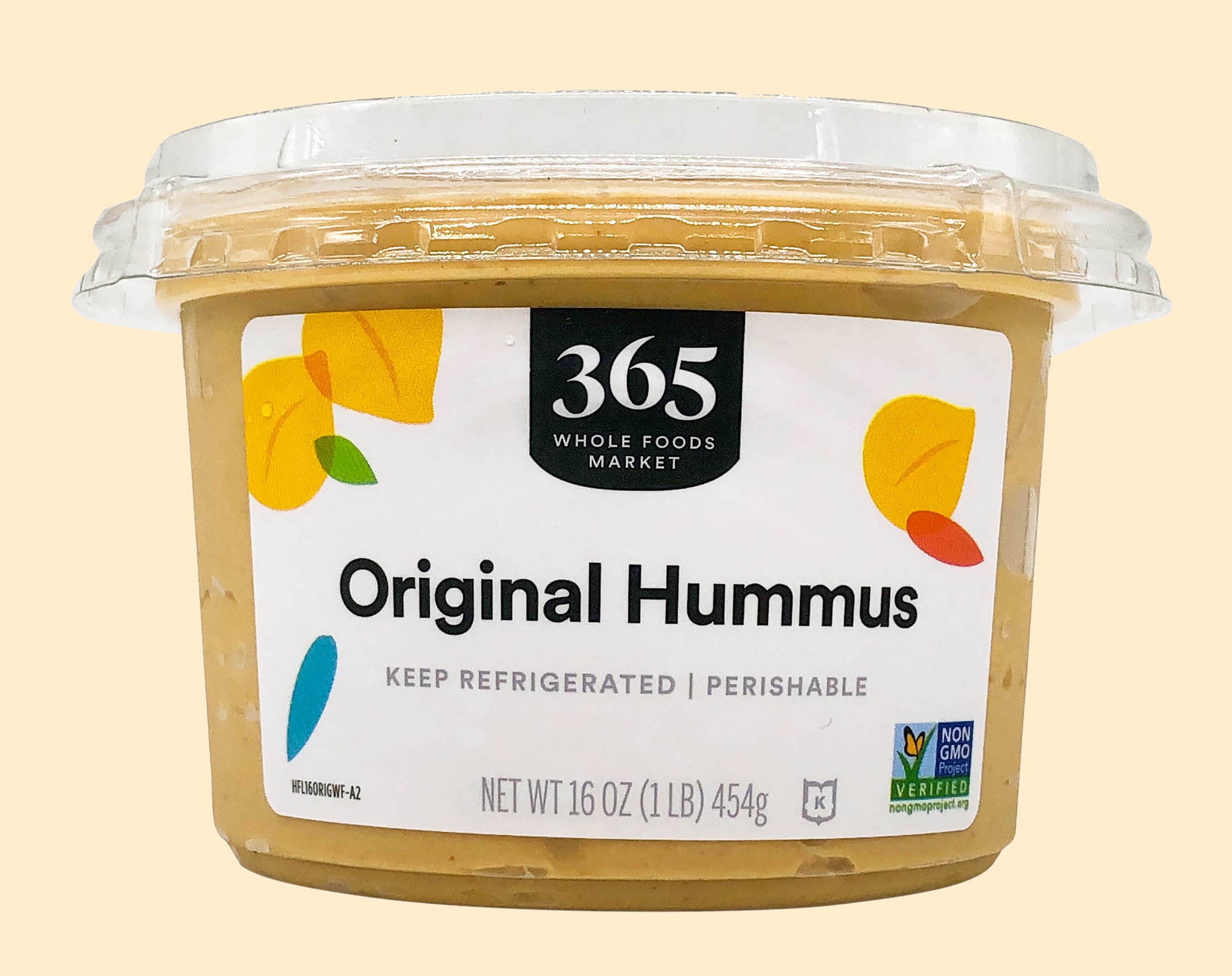
October 2023
This episode explores the latest guidance from the American Heart Association on toxic metals and cardiovascular disease, marking a significant shift as the AHA acknowledges that lead, arsenic, and cadmium contribute to CVD and should be monitored in all adults, even recognizing chelation therapy as a legitimate risk-reduction strategy. We also review the newest data on glyphosate and organic diets, where the evidence is more complex than expected but remains crucial to understanding.
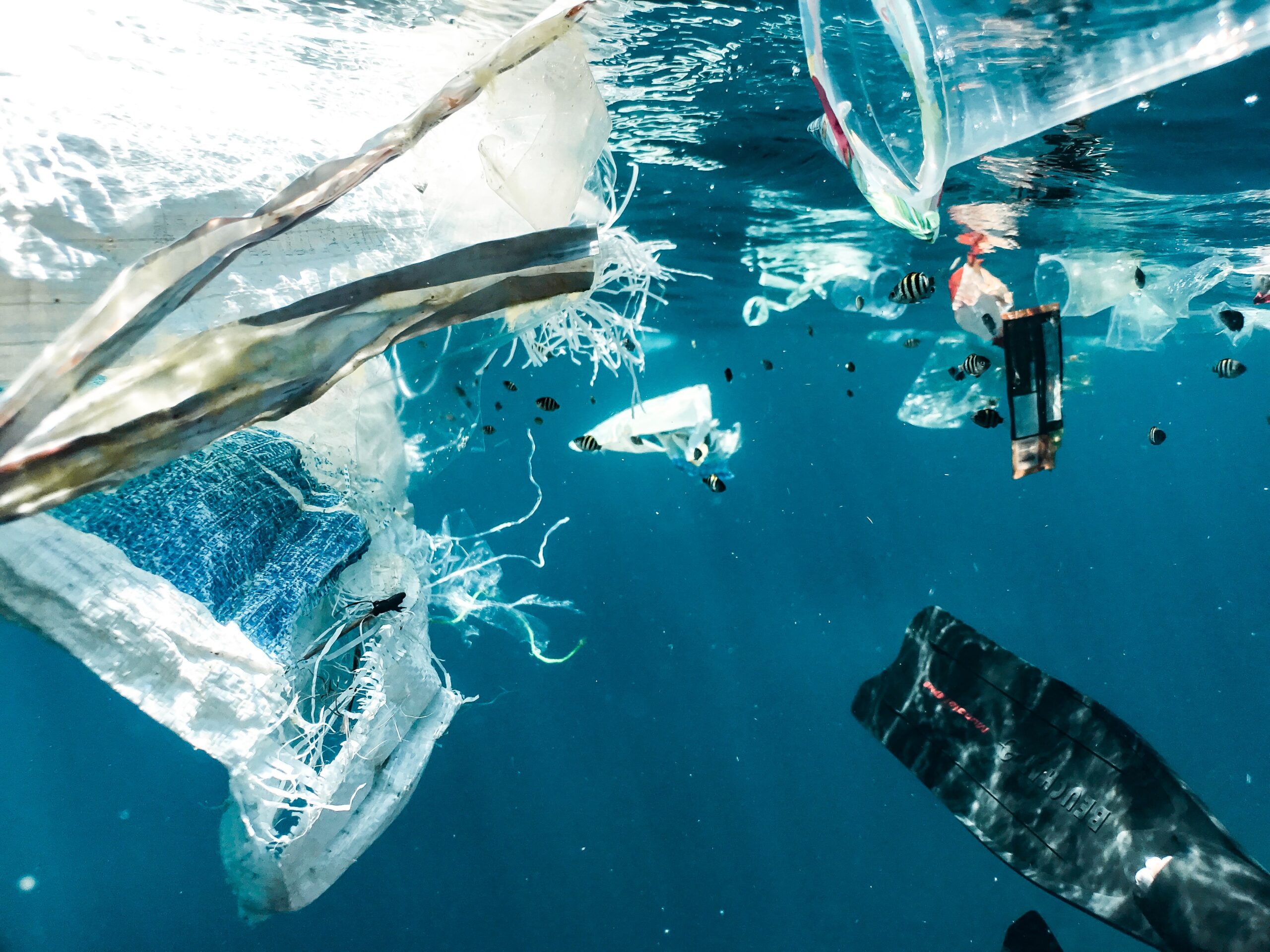
September 2023
We are currently in the midst of the plasticene era in which our ecosystems and oceans, soils, and ultimately humans are burdened with microplastics and nanoplastics.
The topic of micro and nanoplastics has been skyrocketing in the literature, and this podcast informs on the latest news.
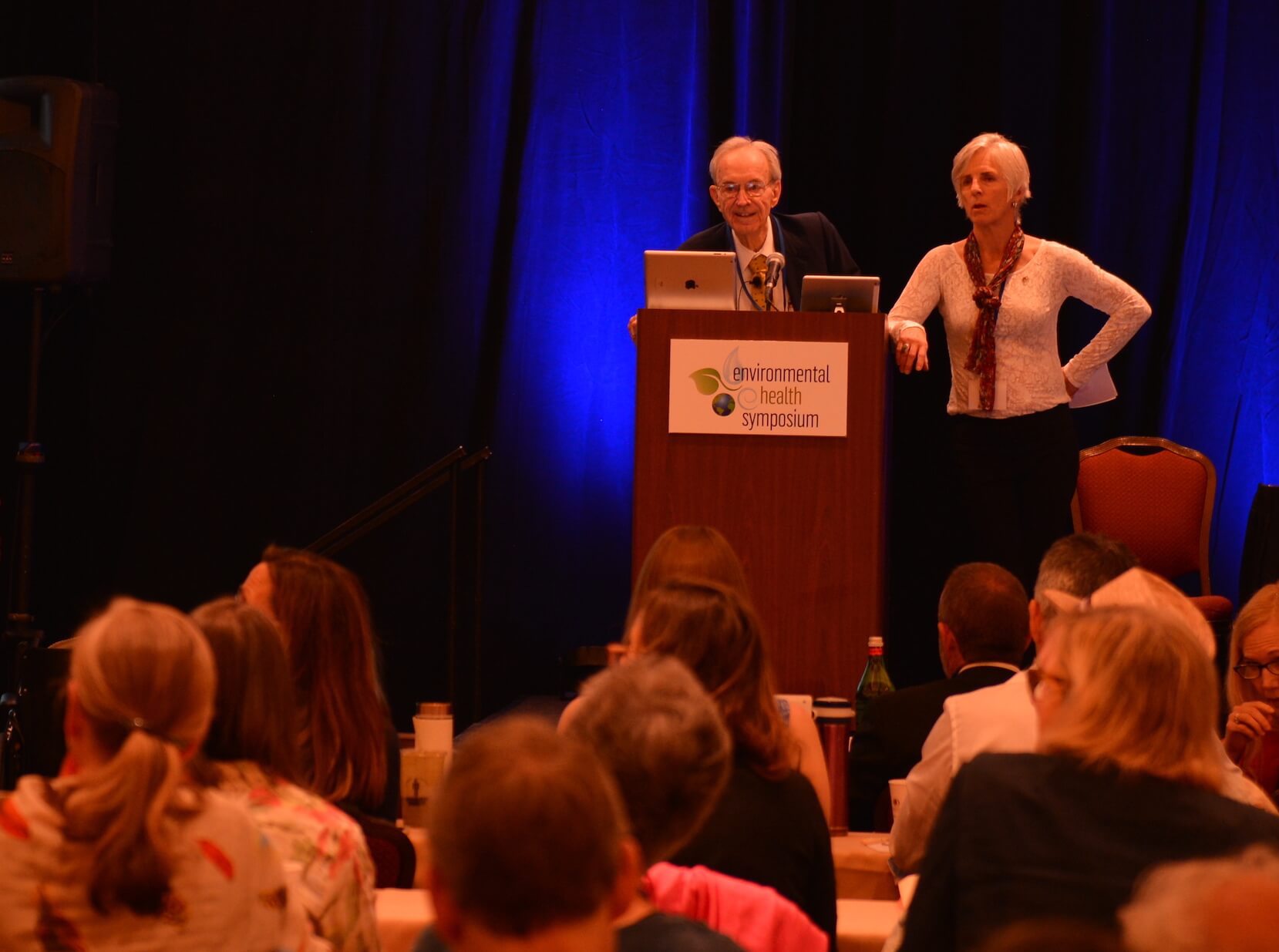
August 2023
Finally, an exhaustive review on zeolites, the aluminosilicate compounds that have been so highly touted to remove toxicants from the human body. Do they work? Not always as advertised. Read on for the details in this podcast we titled Zeolites: The Good, The Bad, and The Ugly.

July 2023
This month, the EMEI Review looks at one of the most important papers published this year. It’s on parabens, phthalates and breast cancer. The groundbreaking results of this article will compel you, no matter who you are, to avoid both of these endocrine disruptors like the plague.

June 2023
We are all told we are exposed to thousands of toxic chemicals and they can be found in our bodies BUT how is that helpful? Well now we have access to personal environmental monitoring by a company called My Exposome that has researched a noninvasive tool in the form of a silicone wristband to reflect those exposures with great precision. Welcome to the 21st Century where personal toxicant monitoring has arrived. And yes, there is good published research behind it.
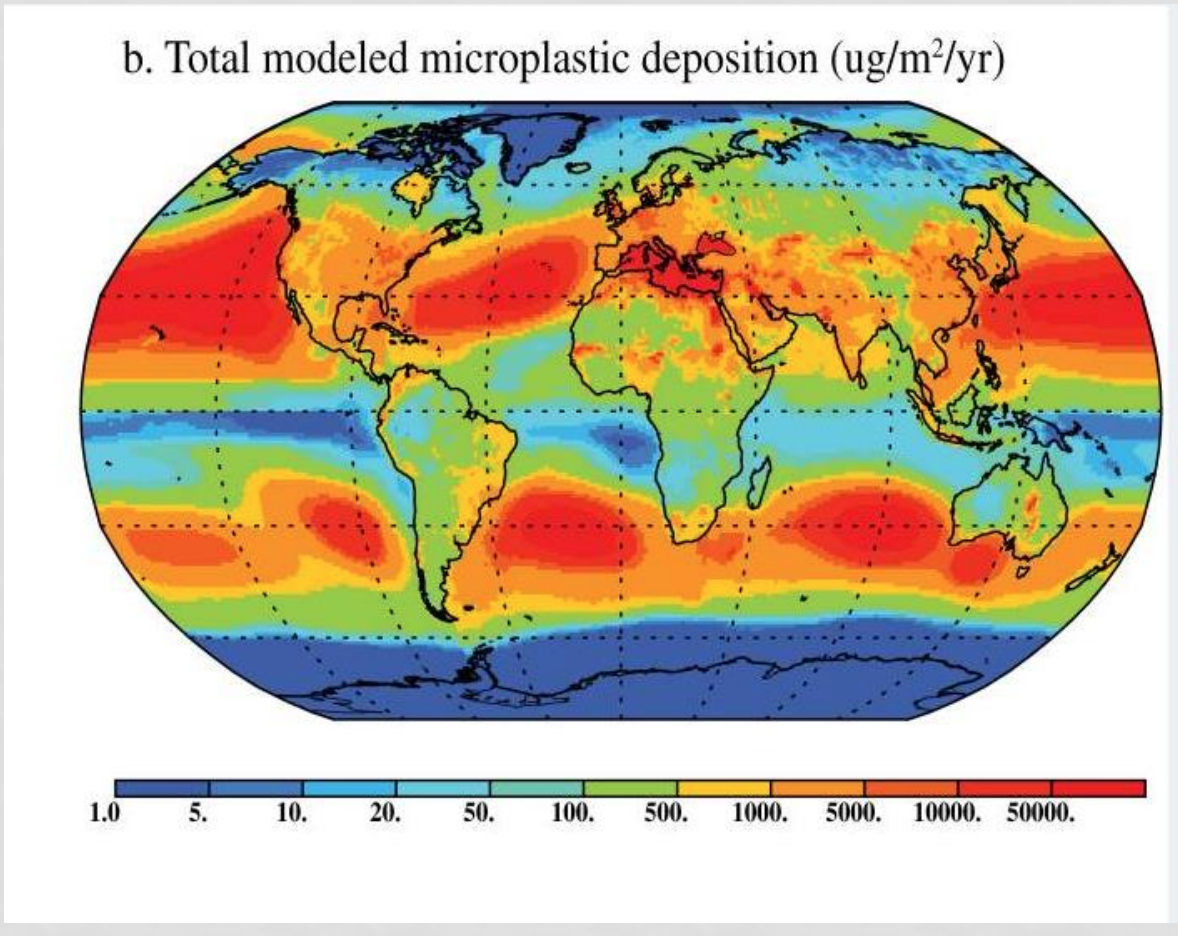
May 2023
Five grams of microplastics per week- that’s where the concerning statistic about consuming a credit card’s worth of microplastics per week originates. But where does it come from and how does it get into us? This month we explore the air exposome and how the air we breathe could be a significant source of microplastic exposure.

April 2023
In this podcast learn about the ramifications of the burning of vinyl chloride in East Palestine, Ohio. What are the health effects now, and what can be reasonably anticipated for the future.

March 2023
What is released in sweat? Which toxicants actually move from adipose and other tissues into sweat glands and make it out of the body? Is sauna actually a strategy for toxic metal removal? Which nutrients are lost in sweat and how do you replace them? What are the medical contraindications for sauna? These questions and many more are explored and answered through published studies in this podcast. There are some surprises- one of them is just how much copper is lost in sweat.

February 2023
This month, a long awaited podcast on the science of sweating, a deep dive into sweat glands and a review of the studies on sauna and health conditions: cardiovascular disease, all-cause mortality, pneumonia and upper respiratory disease, depression and heat shock proteins. What is the difference between a Finnish sauna, a far infrared sauna and a low-heat medical sauna. This podcast explains all that and gets you ready for March 2023- see below.

January 2023
This month, the first podcast of 2023 includes a revealing interview with an air filtration expert and a review of the indoor air pollutants that cause health problems. This podcast continues with a review of an an eye-opening analysis of the 80 “modifiable contributing factors” to COVID-19 infection written by expert toxicologist Ronald Kostoff and globally recognized endocrinologist Yehudi Shoenfeld (among others). This is literally a list of America’s top toxicants and the consequent health problems they cause related to increased risk of COVID-19: alcohol, arsenic, benzene, BPA, cadmium, chronic stress, lead exposure, magnesium deficiency, mercury’s effect on immunity, etc. An eye-opening look at how we got here.

December 2022
This podcast is dedicated to the many providers wondering, “What is cesium doing in my patient’s urine?” as we examine radionuclides—lead, polonium, and cesium—to uncover their sources, how they are stored in the human body, and their potential health impacts. Additionally, we review a groundbreaking study on lead exposure in America, revealing that over 50% of adults alive today were exposed to childhood lead levels that lowered their IQ. Wow
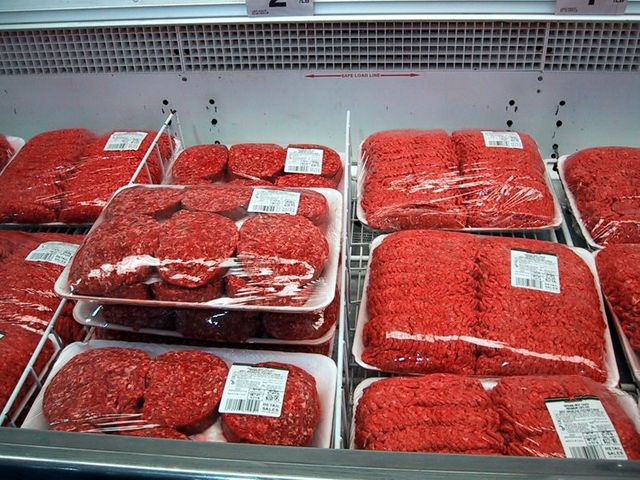
November 2022
In this episode we look at newly emerging sources of BPA which include meat and seafood.
We also review a very surprising source of BPA exposure in children. PFAS in feminine products are also reviewed.

October 2022
A fascinating interview with Bob Miller looking at the “canary in the coalmine” snps, MCAS, histamine, DAO (diamine oxidase) -why some individuals have to take it indefinitely, why some people react very badly to methylfolate, what intermittent fasting has to do with COVID and so much more. Enjoy!

September 2022
This review examines the presence of BPA in breast cancer tissue compared to normal breast tissue and mercury levels in pancreatic cancer tissue versus non-cancerous pancreatic tissue, while also highlighting male testicular dysgenesis as a strong surrogate for ASD. Additionally, we explore the continued discovery of microplastics in unexpected places, such as the human placenta, and review the metabolism of phthalates and DINCH, a non-phthalate alternative.

August 2022
This review examines the effect of PFAS on liver enzymes, highlighting just one of the many ways PFAS harm the human body. While avoidance is key, we also explore intriguing research on the potential protective effects of the antioxidant oligomeric proanthocyanidins (OPC) against PFAS damage. Additionally, we investigate permethrin-treated clothing used to repel mosquitoes and ticks, confirming that permethrin does enter the bloodstream and urine, and we discuss alternative tick repellents.
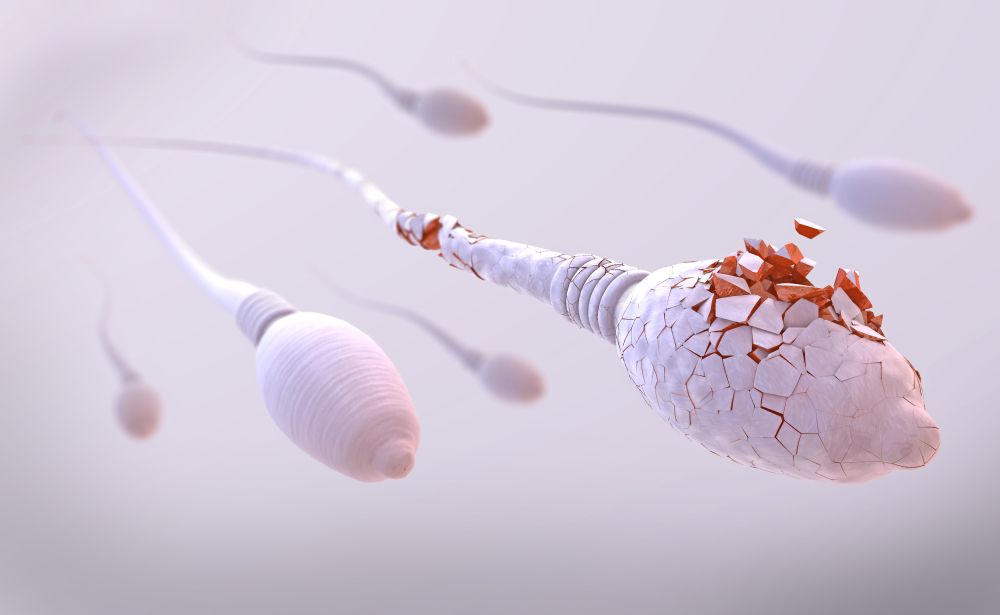
July 2022
In this episode we review metals and suseptibility to viral infections. Also we review an original study on renovated university spaces that omitted two entire classes of toxicants and see how they fared with the unrenovated spaces. There are some surprises here! And finally, an enlightening discussion of semen deterioration follows. You will never guess which toxicant has the highest negative effect on semen quality but I’ll give you a hint: it’s in 93% of Americans.
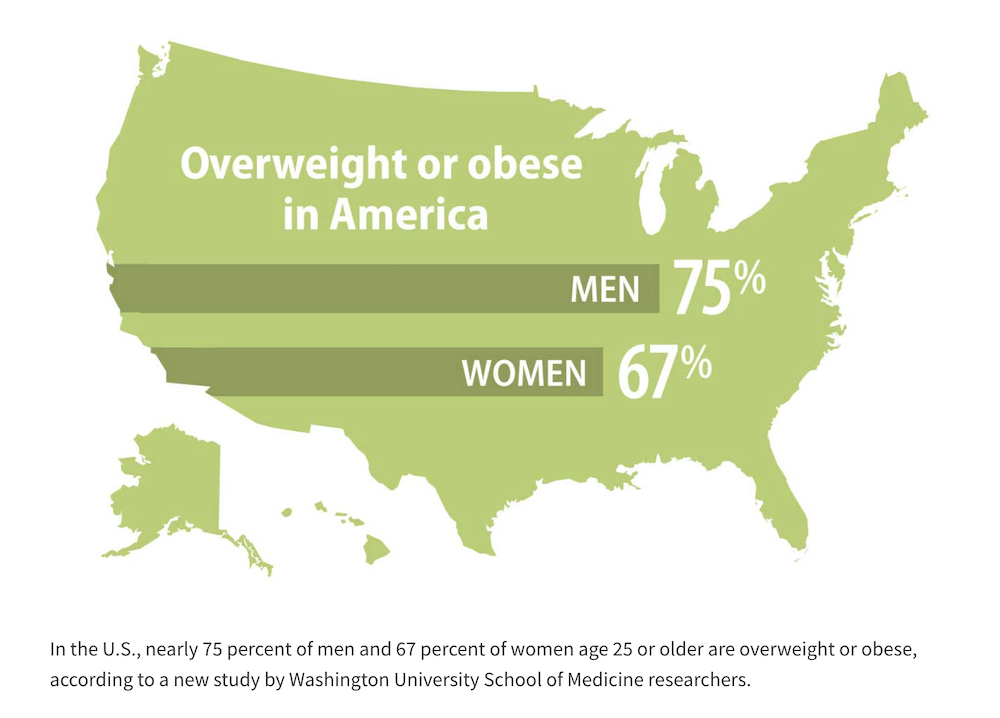
June 2022
The cause of weight gain can no longer be explained by the outdated calculation of “calories in- calories out” but is now clearly driven by specific environmental obesogens. These chemicals, found in over 90% of the U.S. population, program obesity in utero, in childhood, adulthood and intergenerationally. Can this programming and direct assault on adipose tissue and insulin sensitivity be reversed? Maybe.
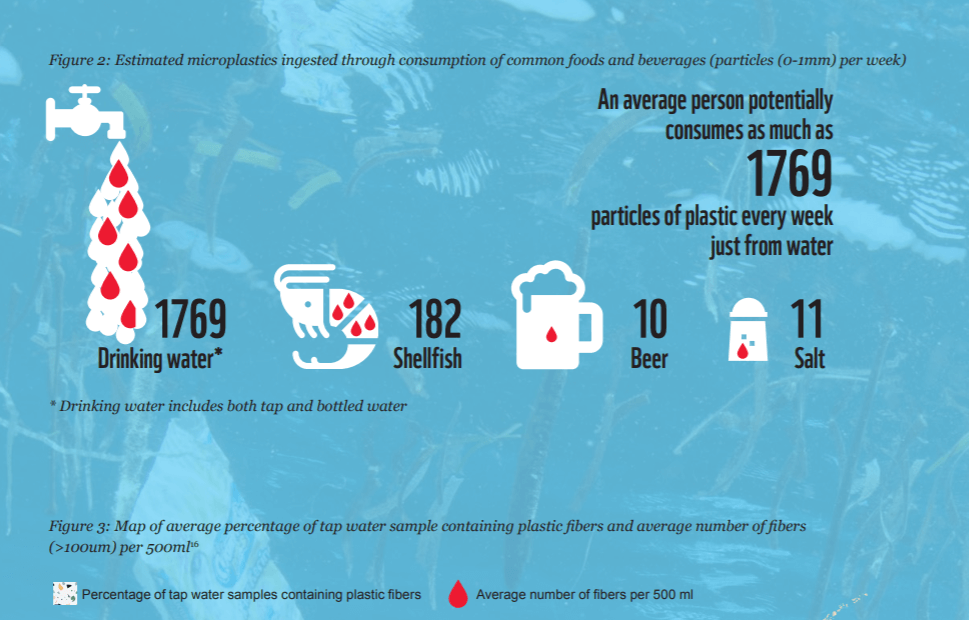
May 2022
Microplastics are everywhere. Autopsy reports are finding it in organs, especially organs of elimination. Also microplastics have been found in blood and placenta. This podcast addresses the question of what is actually IN plastics and microplastics, and provides a route of detoxification for plastics, including BPA, that goes far beyond the rule of avoidance.
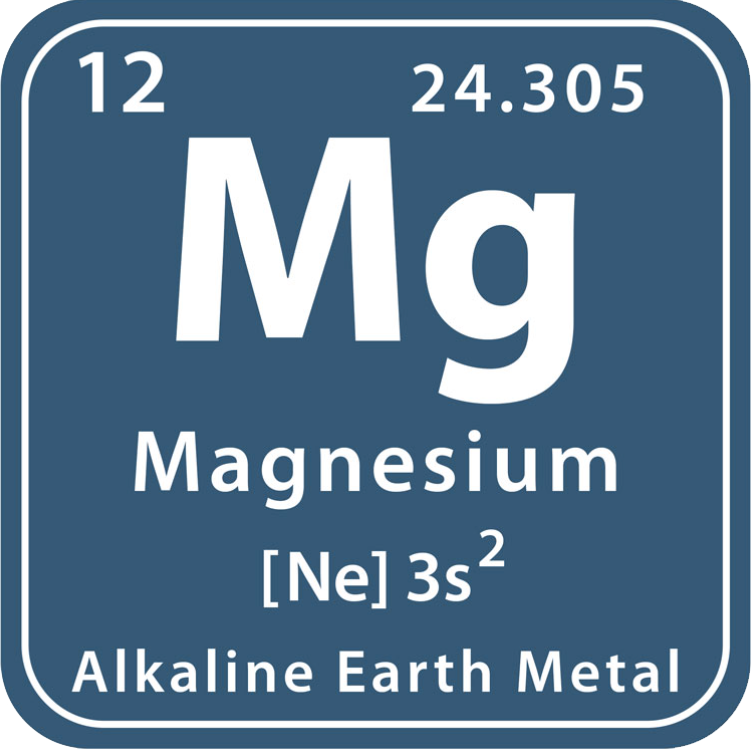
April 2022
Interview with Dr. Russell Jaffe. Dr. Jaffe discusses magnesium sufficiency and excessive magnesium excretion in the face of our patients’ chemical toxicant exposures and burden. Find out the key to supplementing magnesium effectively.
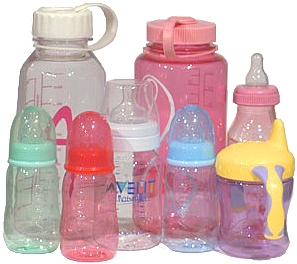
March 2022
How do endocrine disruptors affect fertility and reproductive health? What do autopsies show about microplastics getting into the body? Do microplastics have anything to do with autism spectrum disorder? Tune in to this month’s podcast to find out.
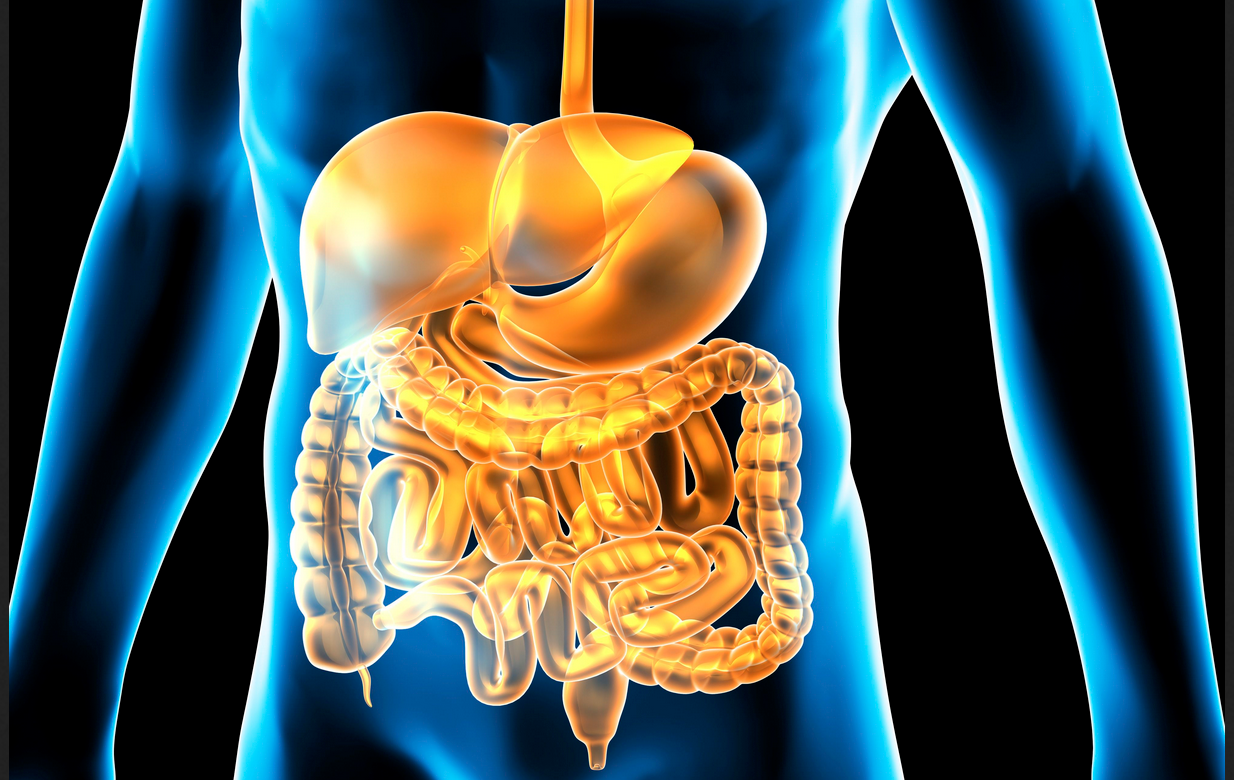
February 2022
What are the invisible causes of GI inflammation and disease? Infections? Parasites? This podcast uncovers some very sinister evidence of food additives you’ve never heard of (like meat “glue” and titanium dioxide as well as many others) that have clearly been shown to contribute to inflammation of the gut lining as well as IBS, IBD, and other gut conditions. Ready for a tour of the extraordinary toxicants hiding in the industrialized food system? Warning: these compounds are NOT disclosed on ingredient labels.

January 2022
How clean is the wine you are drinking? This podcast delves into some of the toxins that you are unwittingly ingesting with your glass of wine, and the evolution in winemaking that is taking place. And then there’s a toxic secret hiding in baby foods that needs to come out.

December 2021
A great review article on vit. C and COVID-19 by one of the leading researchers in IV vit. C and immunoregulation, We’ll also cover a groundbreaking study on adipose tissue and the toxicants within it as well as how they correlate with insulin and glucose regulation, obesity and adipose tissue inflammation. Finally, a review of toxicant exposure events including the EPA sick building debacle, 9/11 and ground zero, and other large population exposure events that resulted in TILT- toxicant-initiated loss of tolerance. This is a seminal article that will guide you in understanding and treating all of your patients that have chemical sensitivities.
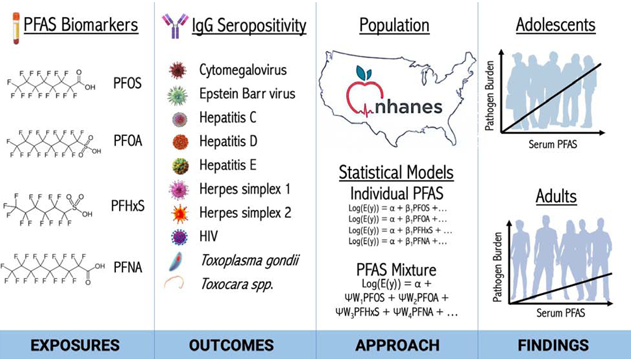
November 2021
The theme of this study is PFAS, beginning with a fascinating review of the association between body burden of PFAS and total pathogen load, examining cytomegalovirus, Epstein-Barr virus, hepatitis C and E, herpes simplex 1 and 2, HIV, and T. gondii, providing insight into the immunotoxicity of PFAS. The study then explores the real-life exposure to chemical mixtures before concluding with an analysis of certain flavonoids and their protective effects against specific chemical impacts.
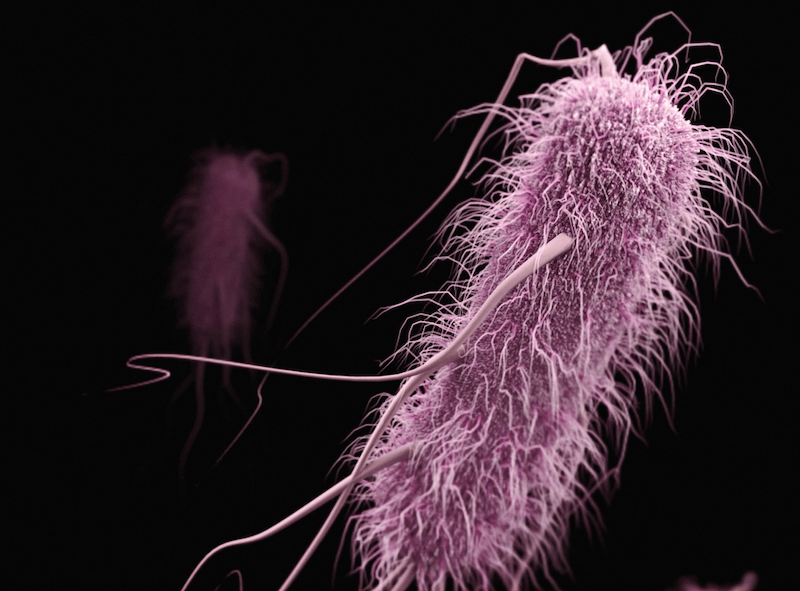
October 2021
What are “next generation” probiotics? They are not Lactobacillus or Bifidobacterium species or maybe probiotics you have ever heard of before: this month’s podcast is about these next generation probiotics as a strategy for addressing metabolic syndrome, obesity and diabetes. We also review articles about lead exposure and a general review of lead toxicity in children and adults.

September 2021
A review of the latest literature covering benzene in sunscreens and their recall, PFAS in cosmetics and ingredient lists of natural cosmetics, and finally what effect a shared environment has on common endocrine disruptors.

August 2021
A review of the genomics of detoxification, glutathione and COVID, the role of sulforaphane, and finally pesticides and dysbiosis- pesticide exposure leads to dysbiosis, which leads to endotoxemia, which leads to mucosal permeability.

July 2021
Perfluorinates, pesticides, persistent organic pollutants and Post-Acute COVID Syndrome (PACS). We take a look at perfluorinates in cosmetics, relationship of proximity to pesticide spraying and risk for childhood brain tumors, endotoxemia and COVID-19 and, finally, plastics and POPs ( BPA, PCBs) and their effect on the microbiome and intestinal barrier disruption.

June 2021
Toxicant Exposure and Risk of COVID-19 infection and severity. A review of published studies on COVID-19 risk and common exposures like air pollutants (PM2.5), endocrine disruptors (plastics), metals and some uncommon exposures like Corexit (remember the Deepwater Horizon spill?) that now contaminates the ocean, and the skin of surfers and fishermen.

May 2021
Phthalates are one of the top 3 insidious toxicants that we are exposed to on a daily basis. Phthalates are endocrine disruptors, can lower testosterone, and cause feminization of male newborns.

April 2021
PCBs have long been suspected to contribute to non-alcoholic fatty liver disease and a new study reviewed this month identifies a new way to differentiate NAFLD caused by toxicants from NAFLD from other causes. The study centers on the community of Anniston, Alabama, who have all been chronically exposed to drinking water laced with PCBs and where 60% of the community is estimated to have NAFLD.
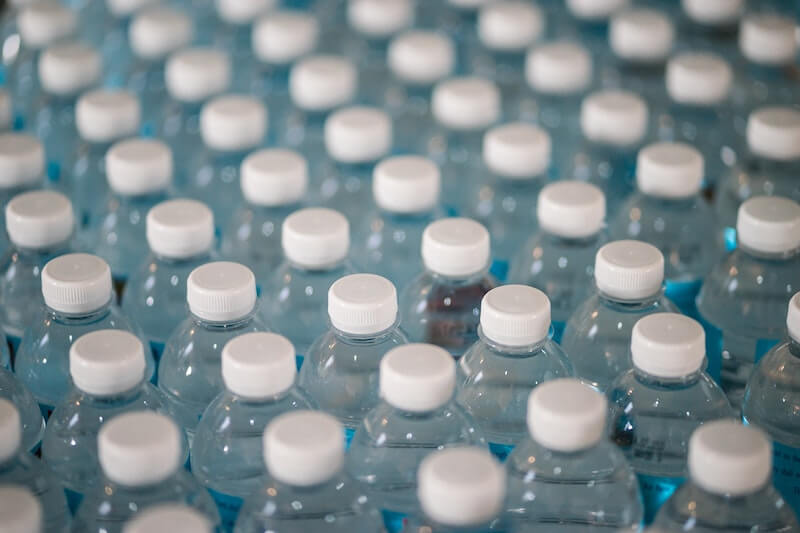
March 2021
BPA is known as the poster child for endocrine disrupting chemicals for a reason. It’s far-reaching effects into reproductive and metabolic health have the potential to disrupt human lives and the health of future generations.

February 2021
Do organic diets alter urinary glyphosate levels in families? Arsenic Everywhere: exposure assessment, testing and treatment. Includes a review of global hotspots including the United States.

January 2021
Mercury Part 2: A review of risk groups: amalgam fillings and those who place them (dental offices) as well as case studies in acute mercury exposure.

December 2020
Mercury- sources of exposure, signs and symptoms, research in the relationship of mercury levels to insulin insensitivity, neurologic issues, mood disorders, and the common symptoms seen in fish-eaters: headaches, fatigue, muscle pain, head hair loss and metallic taste in mouth. (PMID: 12676623)

November 2020
(free podcast) a look at groundbreaking research regarding EMF/EMR (electromagnetic radiation) exposure from cell phones, cell towers, wifi routers, etc. and health conditions from global experts who presented at the EMF Conference held in Scotts Valley CA in September 2019.

Contact Us:
info.emei.emcourses@gmail.com
PO Box 802
Mancos CO 81328-9271
All material provided on this website is for informational or educational purposes only, and is not intended as a substitute for the advice provided by your physician or healthcare professional. Any purchases made do not create a doctor-patient relationship.
